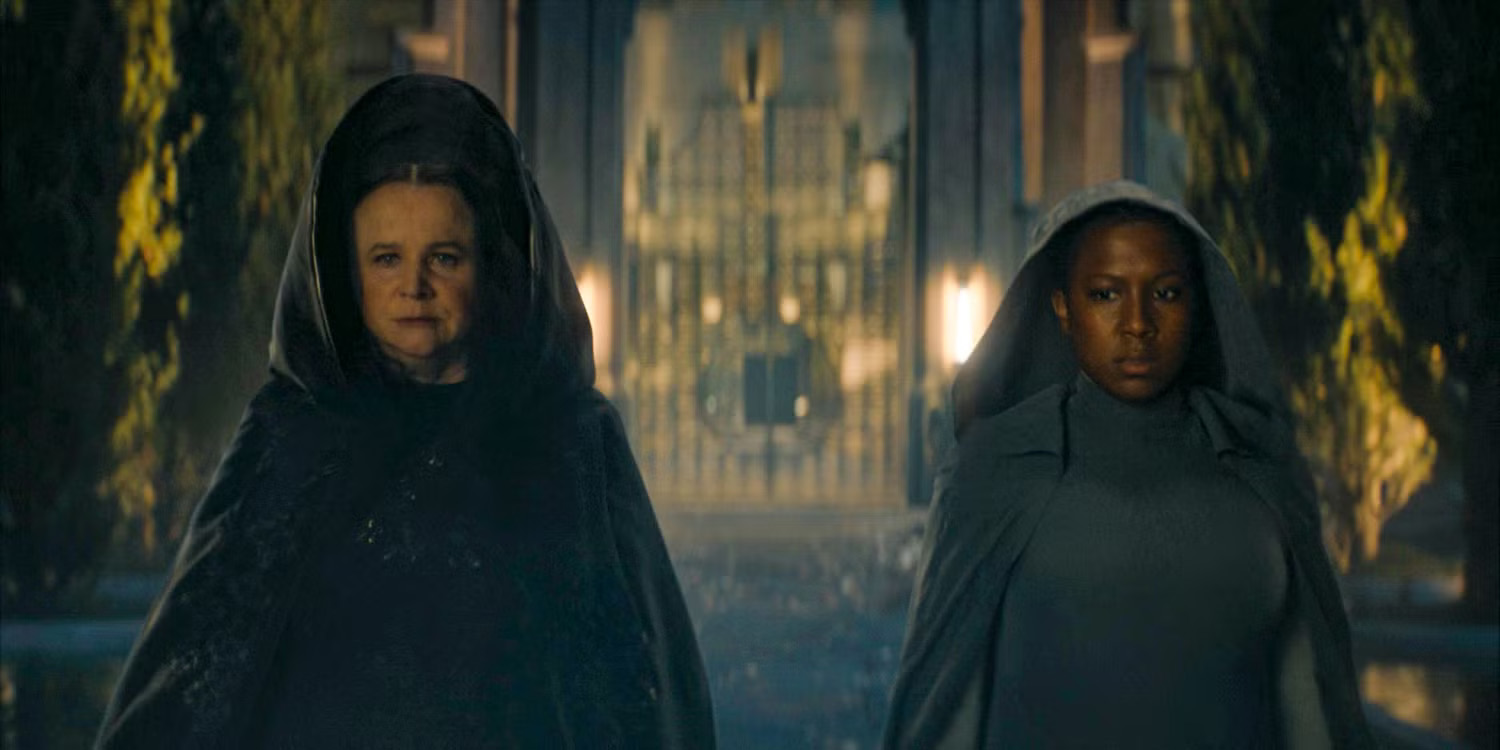
In episode four of “Dune: Prophecy,” Sister Theodosia showed off her superpower. She connects the audience to the Tleilaxu—a race, a planet, and a secretive order.
The series brings Valya back to Lankiveil, the home planet of House Harkonnen. She brings along Sister Theodosia, whose “dangerous secret” turned out to be the ability to change appearances. This is a skill of the Face Dancers of the Bene Tleilax, who appear in Frank Herbert’s second novel “Dune Messiah” (1969), which Denis Villeneuve will adapt in the third “Dune” movie. For those unfamiliar with the book sources, the series “Dune: Prophecy” leaves them completely mystified.

Tleilaxu is the collective name for the race of Tleilaxians, the planet Tleilax, and the order of the Bene Tleilax. This society has a strict religious doctrine, xenophobia, and advanced genetic engineering. Face Dancers, or face changers—servants of the ruling masters, can change their appearance through control over their own bodies. This results in a blurred identity and, possibly, a collective mind. Tleilaxu also create gholas, one of whom viewers of the series have likely already seen, and other genetic products that they trade.
The books do not inform when exactly the Face Dancers appeared or whether they existed 10,000 years before the events of the “Dune” novels, but they hint at opposition to genetic research technologies by adversaries. In the “Dune” universe, Tleilaxians are despised. The Bene Tleilax often use Face Dancers as spies. In this context, it’s interesting to ponder whether Sister Theodosia was deliberately sent to the Bene Gesserit and what role Tleilaxu plays in the events overall.
Source: Comicbook

Spelling error report
The following text will be sent to our editors: